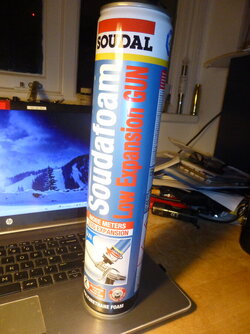Time Waster
Veteran
We've got wooden flooring in our living / dining room. Getting rid of carpet loses insulation by a surprising amount. So the undercroft below we intend to insulate. What's the best option?
There's lagged pipes and cables. Not much headroom. I'm thinking that's either slabs, wool or something more clever involving foil, bubble wrap thin layer insulation instead.
Any recommendations?
There's lagged pipes and cables. Not much headroom. I'm thinking that's either slabs, wool or something more clever involving foil, bubble wrap thin layer insulation instead.
Any recommendations?

